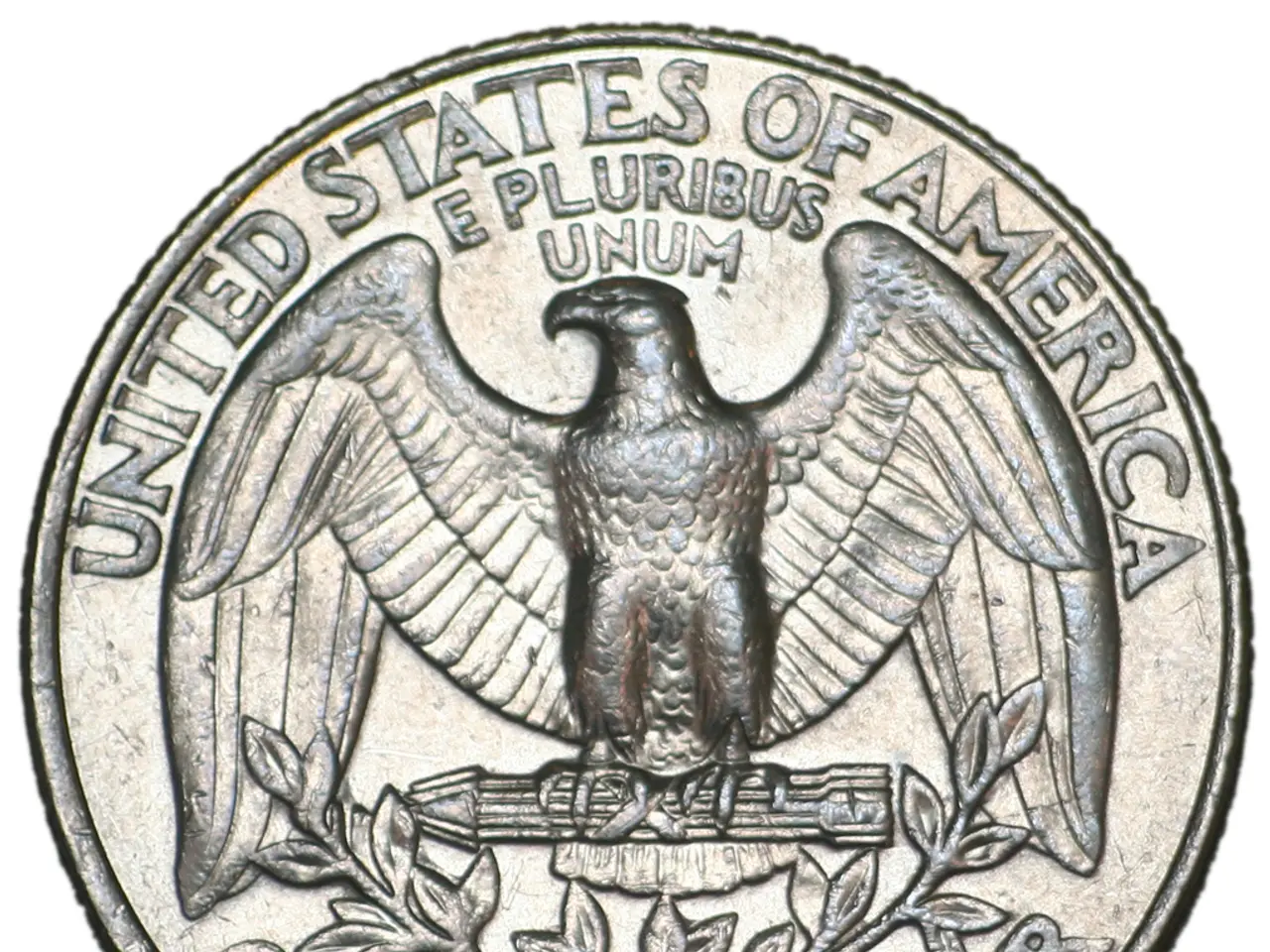Cryptocurrency platform Crypto.com removes Tether (USDT) and various other tokens from its European services
In a move aimed at maintaining regulatory compliance, Crypto.com has announced the delisting of several popular stablecoins for users in the European Economic Area (EEA). The affected tokens include Tether (USDT), Dai (DAI), Pax Dollar (USDP), TrueUSD (TUSD), and Gemini Dollar (GUSD).
The decision is primarily driven by the enforcement of the EU's Markets in Crypto-Assets (MiCA) regulation, which imposes strict compliance requirements on stablecoins. These requirements include proper authorization, sufficient liquid reserves, licensing, and transparency in reserve disclosures. As a result, non-compliant stablecoins like USDT are being removed to avoid regulatory penalties and to conform with MiCA by the March 31, 2025 deadline.
The delisting could lead to liquidity fragmentation and operational disruptions for projects relying on these stablecoins, particularly for European traders and investors who have come to depend on USDT's dominance in global trading pairs. This could push traders toward offshore or unregulated platforms, exposing them to greater risks and complicating euro on-ramping and off-ramping.
However, alternatives are available for European users. They can switch to MiCA-compliant stablecoins issued or authorized within the EU. For example, Tether has invested in EU-based stablecoin StablR, which complies with MiCA, indicating a potential pathway for USDT to regain market presence via compliant tokens. Users may also turn to other regulated stablecoins that have obtained e-money licenses and adhere to monthly audited reserve requirements.
The regulatory-driven delistings necessitate a pivot by European traders and investors toward compliant stablecoins. This shift will result in increased regulatory oversight but also improved investor protection and market stability under MiCA. However, until Tether or similar issuers fully comply, USDT usage in Europe may become restricted to personal wallets or offshore exchanges.
USDT is widely used in DeFi platforms for lending, borrowing, and yield farming, and serves as a hedging tool against market volatility. Dai, another affected stablecoin, is a decentralized stablecoin created by MakerDAO, designed to maintain a stable value of $1 through an over-collateralization mechanism. The functions and use cases of TrueUSD, Pax Dollar, and Gemini Dollar are not specified in the text.
In conclusion, the delisting of non-compliant stablecoins on Crypto.com and other European exchanges is a necessary step towards ensuring regulatory compliance in the cryptocurrency market. European traders and investors should prepare to shift to compliant stablecoins to maintain regulatory compliance and access to euro on/off-ramps.
Finance and technology will play significant roles in the transition of European traders and investors as they adapt to the delisting of non-compliant stablecoins. Businesses relying on these affected tokens may employ technology to explore alternatives, such as utilizing MiCA-compliant stablecoins or investing in projects like StablR to maintain regulatory compliance and market presence.




